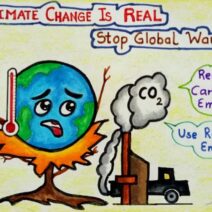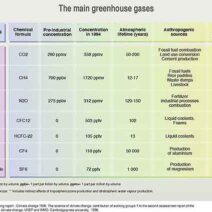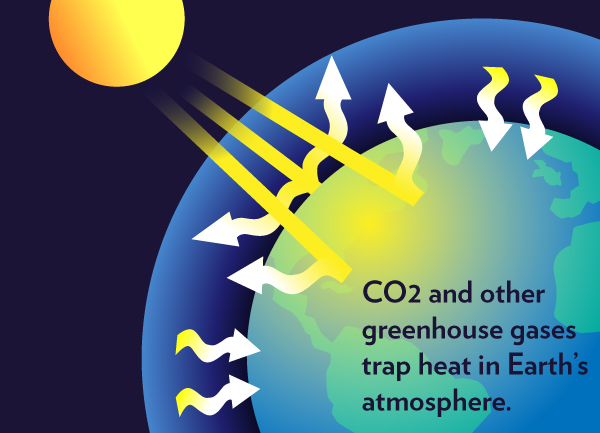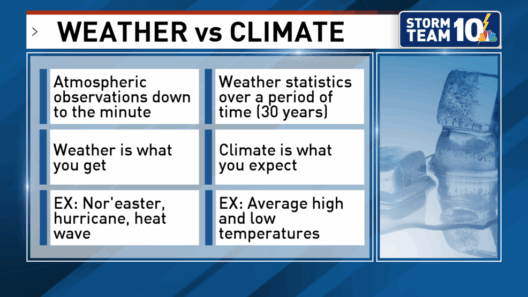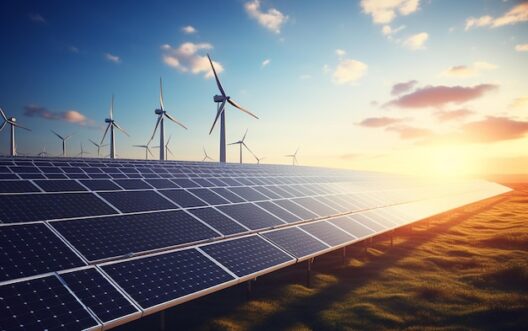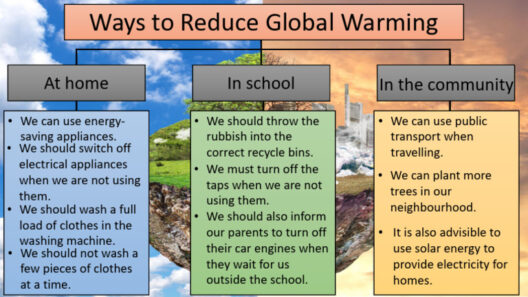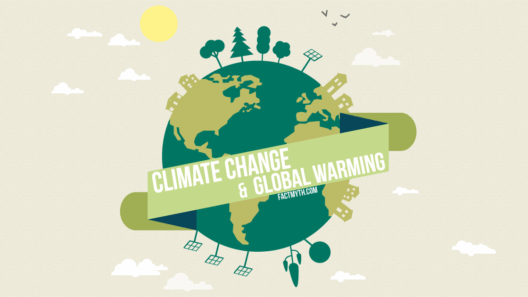Global warming gases, often cloaked in scientific jargon, play a pivotal role in shaping our planet’s climate. These gases are the insidious culprits behind the rising temperatures that threaten ecosystems, weather patterns, and human livelihoods. Understanding them is akin to unraveling a complex tapestry of atmospheric interactions. At the heart of this phenomenon lies a group of gases known as greenhouse gases, which capture heat in the Earth’s atmosphere, creating a warming effect that is both natural and increasingly anthropogenic.
The Greenhouse Effect: Nature’s Insulating Blanket
To comprehend the gravity of global warming gases, one must first grasp the concept of the greenhouse effect. Imagine Earth wrapped in a warm, cozy blanket – a blanket that, while necessary for life, risks becoming overly suffocating if too tightly woven. The greenhouse effect revolves around certain gases that blanket the planet, allowing sunlight to enter while preventing heat from escaping back into space. This phenomenon is critical for maintaining temperatures conducive to life. However, human activities, particularly since the Industrial Revolution, have increased the concentration of these gases in the atmosphere, exacerbating their warming potential.
The primary greenhouse gases include carbon dioxide (CO2), methane (CH4), nitrous oxide (N2O), and fluorinated gases. Carbon dioxide, often viewed as the poster child of climate change, stems from burning fossil fuels, deforestation, and various industrial processes. It lingers in the atmosphere for centuries, insidiously accumulating one molecule at a time, with the power to trap heat and steer global temperatures upward. Methane, on the other hand, is approximately 28 times more potent than CO2 over a century, largely released from agricultural practices, landfills, and natural gas extraction. Its efficacy as a greenhouse gas makes it a critical target in efforts to combat climate change.
The Role of Carbon Dioxide: The Weight of Industry
Carbon dioxide is the heavyweight champion of greenhouse gases, dominating discussions on climate change. It is a byproduct of combustion, the very essence of the industrial age. Every bushel of coal, every gallon of gasoline, contributes to this atmospheric burden. This cumulative weight is felt across the globe, not just in melting glaciers and rising sea levels, but in altered weather patterns, droughts, and storms that tear through once-stable regions. In many ways, carbon dioxide acts like a persistent whisper in a crowded room – it accumulates unnoticed until it becomes a deafening roar, capturing the attention of those who have the power to effect change.
Moreover, the lingering nature of CO2 in our atmosphere raises concerns about climate inertia, where the effects of today’s emissions will haunt future generations long after we have achieved a reduction. As CO2 levels continue to rise, the urgency for innovative solutions and sustainable practices has never been more critical. Reducing our carbon footprint and investing in renewable energy sources are paramount to mitigating these impacts and crafting a sustainable future.
The Menace of Methane: A Rapid-Warming Intruder
While carbon dioxide may steal the spotlight in conversations about climate change, methane is the silent yet impactful player in this drama. Bursting forth from effervescent sources like livestock digestion, rice cultivation, and landfills, methane is a potent greenhouse gas with a relatively short atmospheric lifespan. This characteristic means that while its effects are fierce, they are also temporary, calling for immediate action to curb emissions.
In a world already wrestling with climate change, increasing attention is being paid to methane mitigation strategies, particularly in agricultural practices and waste management. Initiatives aimed at reducing methane emissions have the dual effect of addressing global warming gases while also improving local air quality. The challenge, however, lies in obtaining consensus and actionable strategies across diverse industries and regions.
The Subtle Threat of Nitrous Oxide and Fluorinated Gases
Beyond carbon, methanol, and the well-trodden narratives of global warming gases, hide the lesser-known but equally disconcerting nitrous oxide and fluorinated gases. Nitrous oxide, primarily associated with agricultural fertilizers and industrial processes, is about 298 times more effective at trapping heat than carbon dioxide over a century, suggesting that every ounce emitted contributes to warming disproportionately. It’s a hidden menace, insidiously present in our food systems yet rarely acknowledged in the broader climate debate.
Fluorinated gases, used in refrigeration and air conditioning, while present in far lesser quantities, carry significant warming potential. Their lifecycle may extend for thousands of years, resulting in a cumulative warming effect that is alarming. Addressing emissions from these gases requires specialized knowledge and targeted policy initiatives, underscoring the complexities in tackling global warming gas emissions.
Conclusion: Our Collective Responsibility
The saga of global warming gases is one of complexity and interdependence, where each gas plays a unique role in the intricate dance of Earth’s climate system. Understanding these gases is not merely an academic exercise but a clarion call for action. Our planet, a vibrant entity pulsating with life, is under siege; rising temperatures, erratic weather patterns, and ecological instability loom large on the horizon.
As stewards of this planet, collective action becomes imperative. From individual choices in energy consumption to advocating for systemic policy changes, each step taken, no matter how small, contributes to the broader fight against global warming. The battle against greenhouse gases is not just a scientific endeavor but an ethical imperative, ensuring that future generations inherit a world that thrives rather than merely survives.

